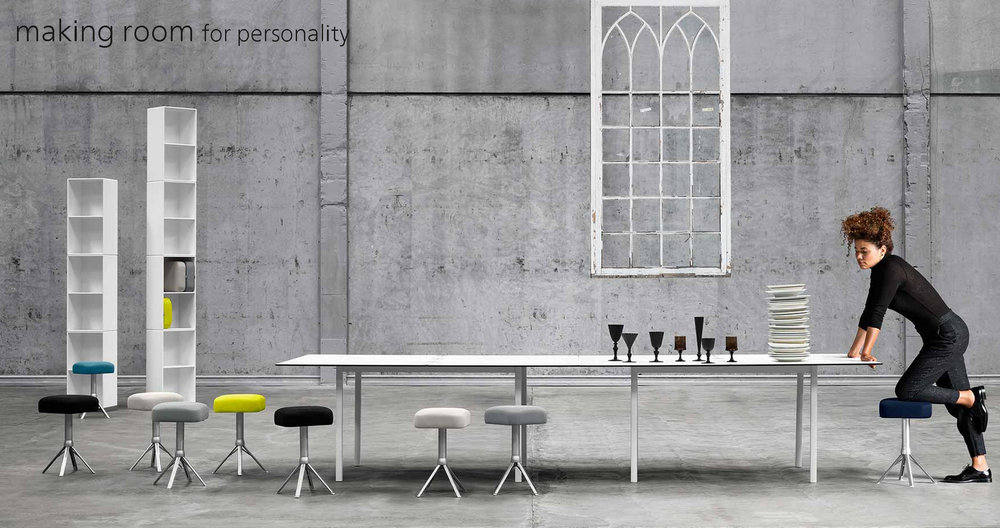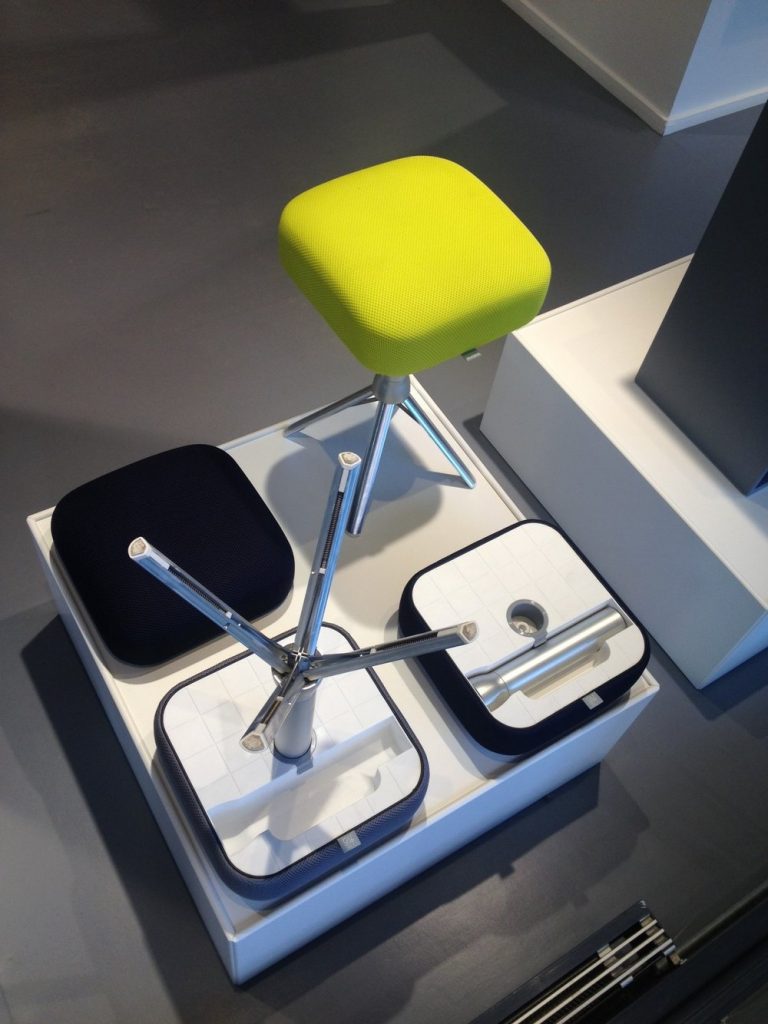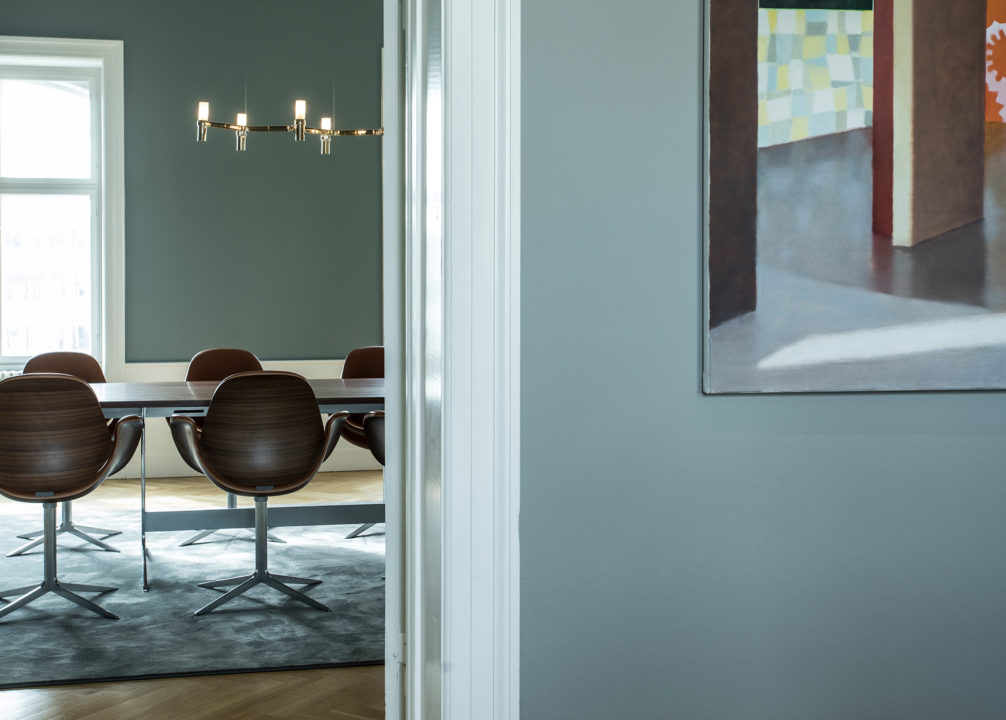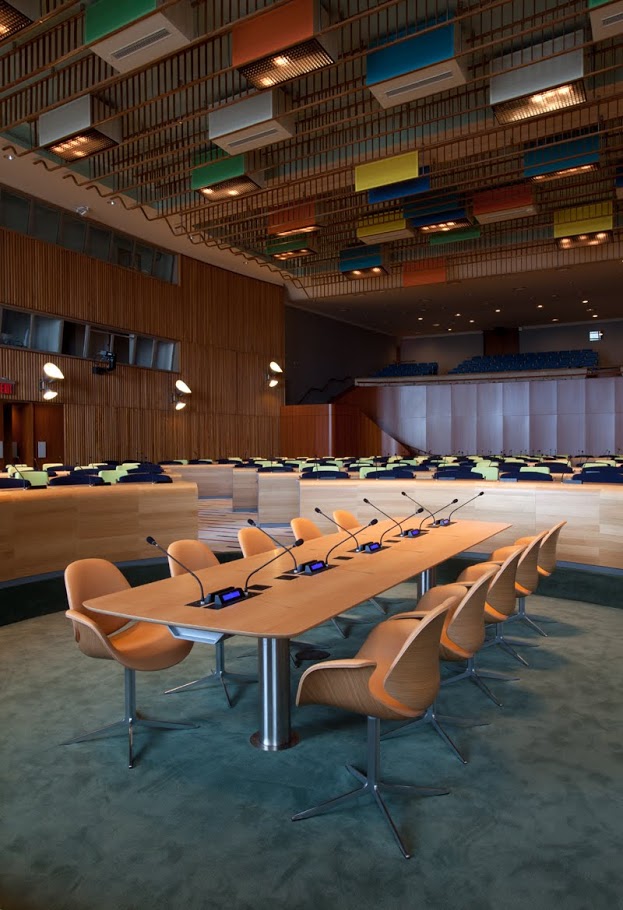デンマーク、ロイヤル・アカデミー・オブ・アーツに学び、建築家としての実績も持ち、現在はデザインオフィスSalto&Sigsgaardデザイナーを務めるトーマス・シグスゴー。Salto and Sigsgaardは、かつてフィン・ユールがデザインしたニューヨークの国連本部ビル内の信託統治理事会会議場の家具の改装に伴うデザインコンペに2010年に優勝し、このプロジェクトの為ににデンマークの家具ブランドOne Collectionと「カウンシルチェア」を作成したことでも知られています。
そんなトーマス・シグスゴーがインタビューに応じ、デンマークの建築と日本の高い職人技術(クラフトマンシップ)の深い係わりについて話してくれました。
Danish architect brings Japanese craftmanship back home
He sees huge unlocked potential in Japan for Danish designers and architects
Strongly devoted to the art of crafting products in an endeavour to always achieve the highest quality. That is how Danish architect Thomas Sigsgaard perceives Japanese designers and architects.
Thomas Sigsgaard made his mark on world of design when winning the competition to create the furniture for the Trusteeship Council Chamber in New York’s UN building in collaboration with designer Kasper Salto in 2013. They run the design studio Salto&Sigsgaard together.
Several of Salto&Sigsgaard creations are strongly inspired by Japanese designer’s and architect’s way of approaching their work, and Thomas Sigsgaard visited Japan in October 2019 to soak in the country’s abundance of impressive architecture and design.
“One of the main reasons why I came to Japan this time was to be inspired by the country’s high standards of craftsmanship and bring that inspiration back home,” he says.
During his autumnal visit in the Japanese capital, the Danish architect sat down for an interview with the Embassy of Denmark in Tokyo on why Danish designers and architects should go to Japan for inspiration.
Why go to Japan?
50 years ago, Denmark used to pride itself of having many highly skilled craftsmen, but the tradition is gradually vanishing in the Northern part of Europe, explains Thomas Sigsgaard.
He believes, that Japan has maintained the high quality within craftsmanship throughout the years, providing Danish designers and architects with a sound reason to pay the country a visit.
“If you are an architect or designer, dialogue with the manufacturers and craftsmen making the product is very important. Unfortunately, this craftsmanship is somehow not to be found in Denmark anymore, which is too bad, because it means that we little by little forget what good quality is,” Thomas Sigsgaard says.
Therefore, Japan is an opportunity for Danish designers and architects to reconnect with our tradition of meticulously crafting products as an alternative to mass production.
Thomas Sigsgard reveals that Onecollection, the company behind several of Salto&Sigsgaard creations including the Council Chair from the UN building furnishing, is producing many of their products in their department Oneproduction in Yamagata, Japan. This is exactly because the Japanese craftmanship is of higher quality than Danish. For the same reason, the Council Chair was supposed to be produced in Japan, but due to a rise in the exchange rate of the yen, that idea had to be called off.
Minimalism: Peel away every unnecessary detail
One of the main things that Thomas Sigsgaard admires about Japanese architecture and design, is the fact that the Japanese aren’t afraid of minimalizing.
“I think there’s a saying that you’re truly finished with your product when you can’t take anything more away from it – not when you cannot add anything more. You keep removing elements that are unnecessary or excessive until all that is left is the final product. I find that refining process very inspiring,” he says.
His design studio Salto&Sigsgaard honours this design approach by carefully considering every element of the product before starting to give it shape. This is to prevent the product being nearly finished and the designers having to revert the process, because they forgot to take certain factors that influences the product’s look into consideration.
“The beginning should be a research process, where you find all the factors that has an impact on what you’re about to do. When you’ve identified every factor, the product has a tendency to almost draw itself; everything becomes more simple and clear to you. This approach is something I’ve found in Japan, and I like it a lot,” Thomas Sigsgaard says.
Danish design approached in the Japanese way
Thomas Sigsgaard and partner Kasper Salto approached their product design in the Japanese and minimalistic way when designing the Guest Chair for Montana Furniture released back in 2014. It is a spare chair to take out when you’re having visitors.
The Danish design duo originally considered the chair for the Japanese market, because it’s small size and ability to be easily stored away fits right into the crammed urban apartments of Japan.
“Our research during the design phase revolved around what to do with the chair when it wasn’t in use. If you’re having guests, most people fetch an extra seat in the basement or shed, but when you bring it inside your home, it is often wet or damaged. To avoid that, we made the chair legs fold very easily so you can put the seat takes up no space,” Thomas Sigsgaard explains. He continues:
“We considered the chair fit for the Japanese market, because it is made for compact living. It’s a chair that represents the fact that not all of us have a dining room with 18 chairs just waiting for people to visit us. I don’t think, that way of living is predominant anymore – especially not in Tokyo.”
Compact living is key
Danish designers and architects wanting to sell their products in Japan should take the compact way of living into consideration in their product design, Thomas Sigsgaard thinks.
As a consequence of the urbanisation of the 1960’s Japanese living in urban environments tend to squeeze together in small apartments, highlighting the necessity of functionality in the product design.
“The way we should approach the Japanese market is to really think carefully about what problem our product solves to make sure that it’s relevant. Many Japanese have limited space so they value good quality, a story behind the product and they look for something that has an immediate relevance to them,” Thomas Sigsgaard says.





